Nightmares are unsettling experiences that can leave us feeling scared, anxious, and relieved once we wake up. For most people, nightmares are temporary and pose no lasting harm. However, there is a rare and mysterious phenomenon known as “Nightmare Death Syndrome,” which has been associated with unexpected fatalities during sleep.
let’s delve into the perplexing world of Nightmare Death Syndrome and examine its characteristics, potential causes, and scientific understanding because it’s this haunting, genuine affliction that the Nightmare on Elm Street movies were based on.
Understanding Nightmare Death Syndrome:

Nightmare Death Syndrome, also referred to as “Sudden Unexpected Nocturnal Death Syndrome” (SUNDS) or “Bangungot,” is a puzzling condition that has primarily been reported in certain Southeast Asian countries. It is characterized by sudden and unexplained deaths occurring during sleep, usually among young and seemingly healthy individuals. The term “Bangungot” originates from the Philippines and translates to “to rise and moan during sleep.”
SUNDS has been reported sporadically among specific populations in the Philippines, Thailand, Laos, and other Southeast Asian countries. Interestingly, cultural beliefs and local folklore often associate these deaths with supernatural entities or spiritual disturbances. While these beliefs do not provide scientific explanations, they highlight the cultural context within which the phenomenon is perceived and understood.

In fact, Wes Craven has said in many interviews that the inspiration for Freddy Kreuger and the Dream Demons from the A Nightmare on Elm Street franchise was inspired by news articles he read and his own nightmares.
In the 70s and 80s, many refugees who survived the Killing Fields in Cambodia came to America. L.A. Times articles covered bizarre circumstances surrounding these refugees. Nightmares plagued these refugees, and many did their best not to fall asleep lest the dream entities kill them.
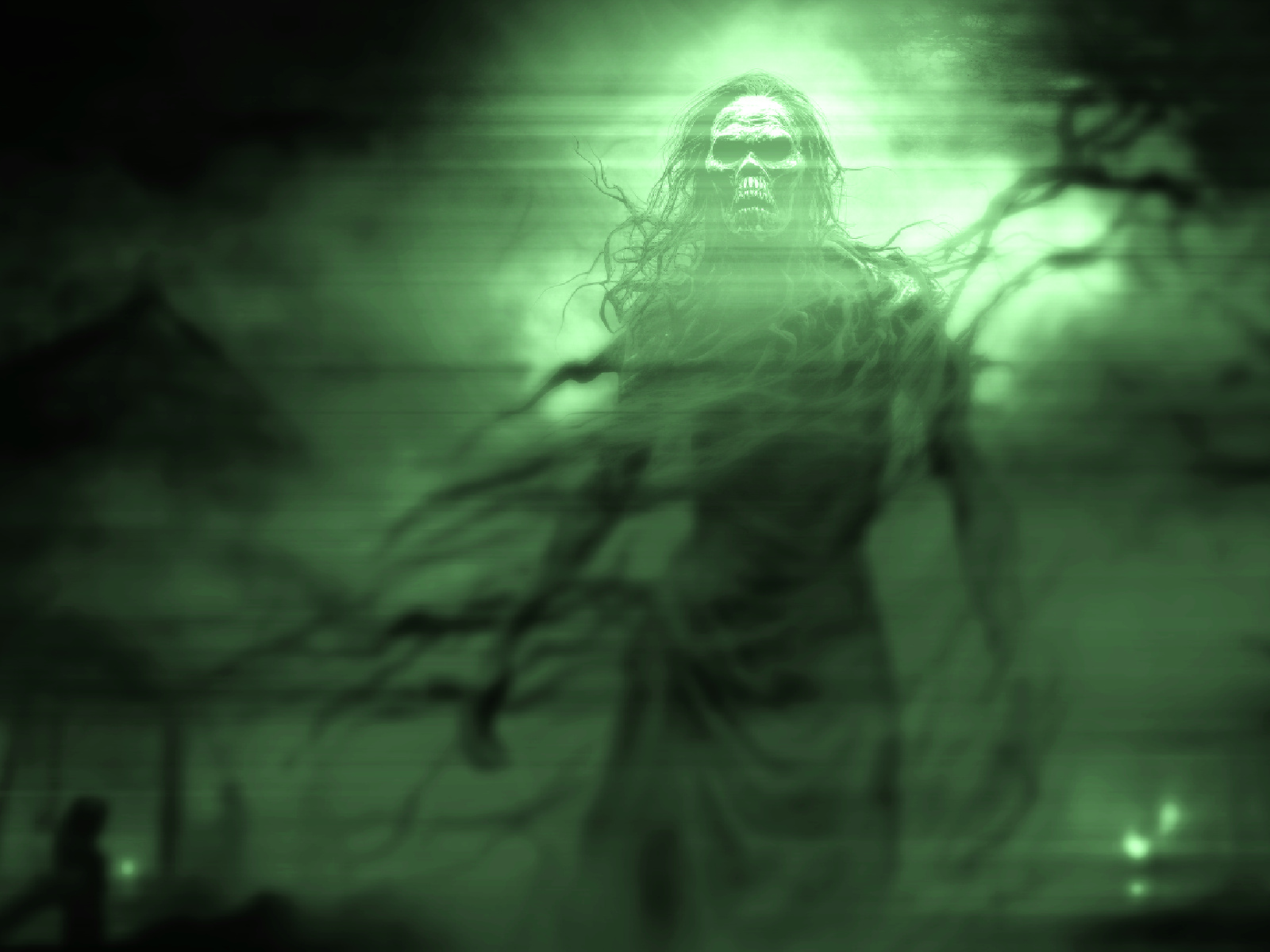
The “Tsog Tsuam” is the Laos dream demon the refugees said was hunting them.
Healthy young men were dying for seemingly no apparent reason in their sleep, and the death toll had reached around 100 before A Nightmare on Elm Street was even released. The L.A. Times called the deaths “The Phenomenon.” Upon further investigation, the idea of sleep demons in South Asian mythology was blamed for these communities’ deaths.
The story of one boy, in particular, attracted Wes Craven’s attention, which he said in an interview:
“He told his parents he was afraid that if he slept, the thing chasing him would get him, so he tried to stay awake for days at a time. When he finally fell asleep, his parents thought this crisis was over. Then they heard screams in the middle of the night. By the time they got to him, he was dead. He died in the middle of a nightmare. Here was a youngster having a vision of a horror that everyone older was denying. That became the central line of Nightmare on Elm Street.”
Characteristics and Symptoms:

Nightmare Death Syndrome typically affects individuals who are in their late teens to early thirties, with a higher prevalence among males. The deaths occur during sleep, and the individuals are often found dead without any apparent signs of struggle or external causes. Most incidents happen in the early morning hours, during rapid eye movement (REM) sleep, which is the stage associated with vivid dreaming.
Victims complain that something is chasing them in their dreams, and if it catches them, it will lead to their demise. This paranoia grows to become crippling. Sufferers often try to stay awake by abusing unhealthy levels of stimulants, which in and of itself can lead to heart stress that may trigger Brugada syndrome. However, despite all the knowledge that has been acquired over the years, this horrific phenomenon remains mysterious.
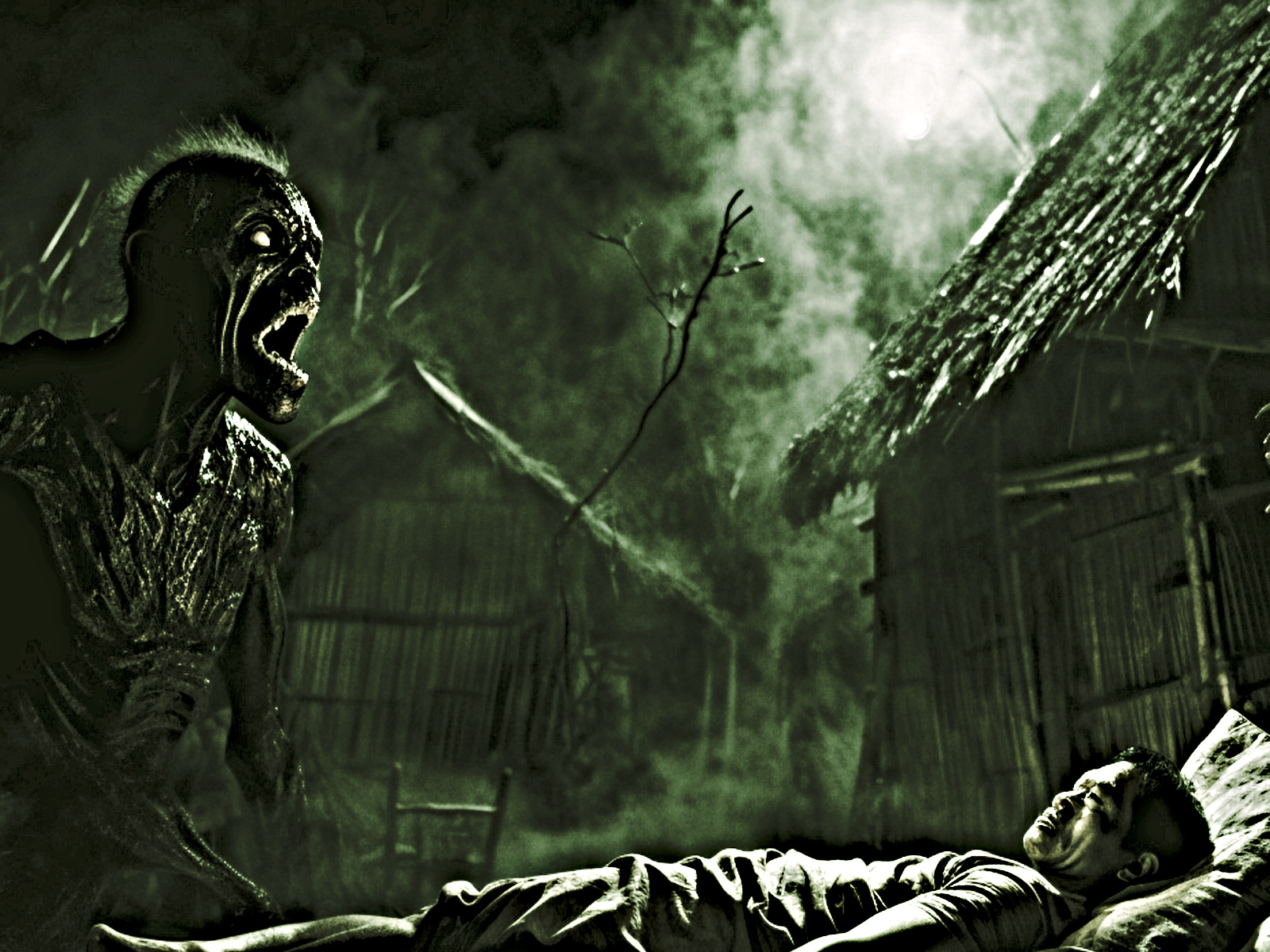
The exact cause of Nightmare Death Syndrome remains unclear, and several hypotheses have been proposed to explain this phenomenon. One hypothesis suggests a link between SUNDS and cardiac arrhythmias, where intense emotional experiences during nightmares or sleep paralysis episodes trigger abnormal heart rhythms that can lead to fatal outcomes. Other theories propose an association with underlying health conditions, hormonal imbalances, or disturbances in the autonomic nervous system.
Exploring Cultural Factors:
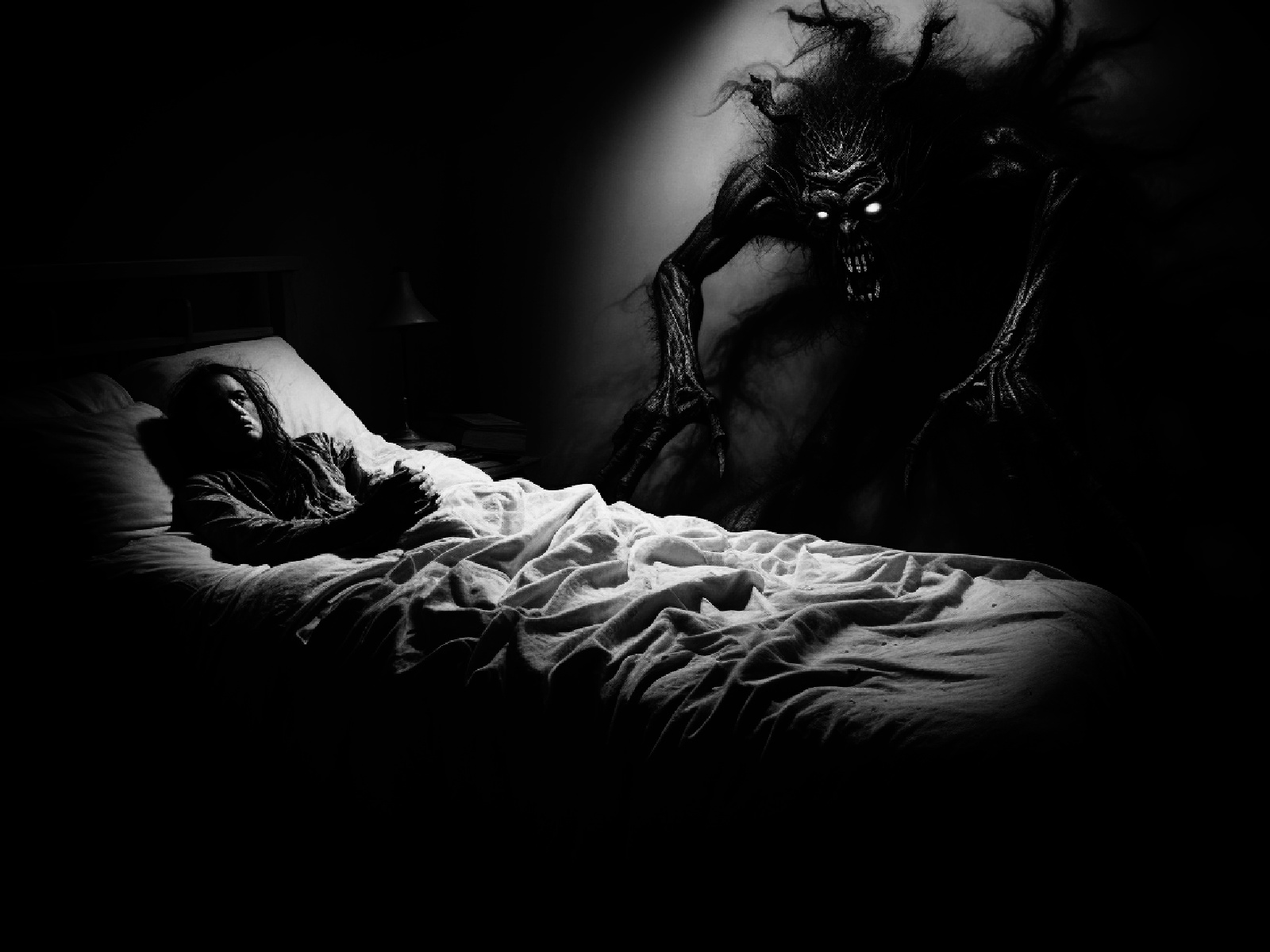
Cultural factors and lifestyle practices prevalent in the affected regions have also been considered as potential contributors to Nightmare Death Syndrome. Dietary habits, stress levels, environmental factors, and genetic predisposition have all been explored to understand the condition better. However, more research is needed to determine the precise interplay between cultural and genetic factors and their impact on the occurrence of SUNDS.
To quote theweek.com:
“Fascinatingly, the condition known as sleep paralysis is known worldwide and throughout history in all cultures by different names. It is basically always associated with supernatural nocturnal evil. In Indonesia, it’s called digeunton (“pressed on”). In China, it’s bei gui ya (“held by a ghost”). The Hungarians know it as boszorkany-nyomas, “witches’ pressure.” In Newfoundland, the spirit that comes is called the Old Hag, and the experience of sleep paralysis, ag rog, “hag ridden.” The Dutch name comes closest to what English speakers know. They call the presence nachtmerrie, the night-mare. The “mare” in question comes from the German mahr or Old Norse mara, which denoted a generally female supernatural being who, in Adler’s words, “lay on people’s chests, suffocating them.”
Often the way one suffers from hallucinations during sleep paralysis varies based on their culture. The subconscious plays the most significant role in dreams, and it’s this underlying belief system indoctrinated into us from birth that these dream demons may wear as a mask.

The sheer level of lethality associated with Southeastern Asian sleep demons may have affected how deadly sleep paralysis is in their cultures. Nightmare deaths seem less substantial for the rest of the world, suggesting that something legitimately paranormal is happening behind the scenes in Southeast Asia. Could sleep paralysis hallucinations get so bad it actually kills people? Well… yes.
“Tsog Tsuam,” also known as “Dab Tsuam” or “Dab Tsog,” the Laos dream demon said to have killed so many young Hmong refugees, is a dream demon that takes the form of a jealous woman. This demon attacks those who do not honor their ancestors or ancient guardian spirits or perform rituals poorly. Since the Hmong refugees were cut off from their ancestral land and culture, it makes sense their belief system would make this dream demon a real threat to their lives.
Urban Legend:
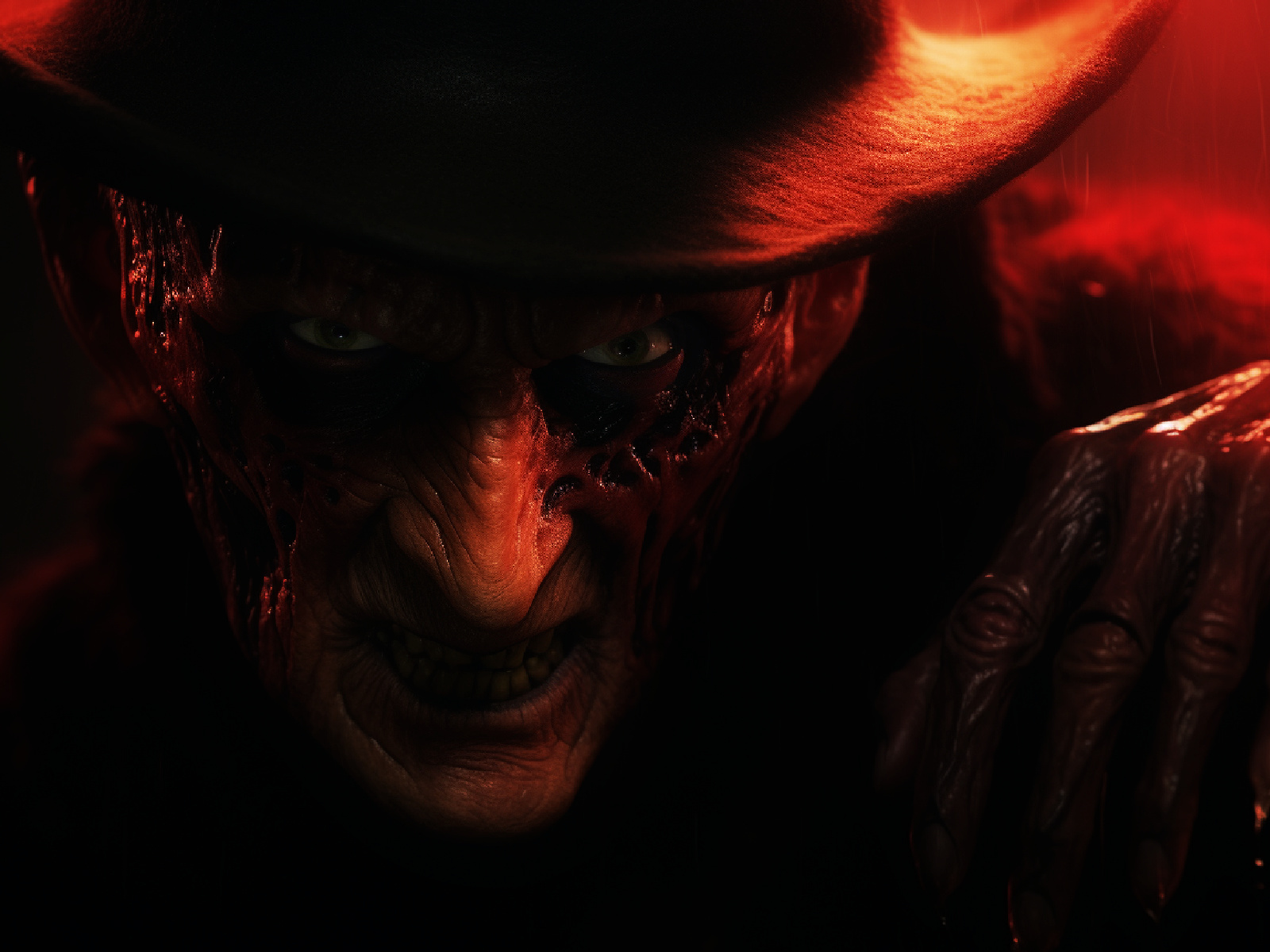
Then there is the fascinating idea that a creature analogous to Freddy Kruger is an actual thing. This Urban Legend comes from the website mysticinvestigations.com and is pretty fascinating because it states that the Dream Demon Freddy Kreuger is a real-life entity. I will only give a vague overview of the story, so check the whole thing if you want to know more.
Legend says that the man was once known as Sylvester Hawthorne. His childhood was traumatic beyond comprehension, and his peers regularly humiliated and bullied him at school.

This horror nightmare that was his reality caused Sylvester to become more and more introverted and look inside himself instead of outside, allowing him to immerse himself in his fantasy worlds. This introversion eventually helped Sylvester to become extremely potent at lucid dreaming.
The boy looked forward to sleeping more than being awake as an escape from his horrific waking reality and allowed him to have control and exist in a way that was not constantly caustic towards him. As he got older, this mastery of lucid dreaming led to him perfecting the esoteric art of Out of Body Experiences.
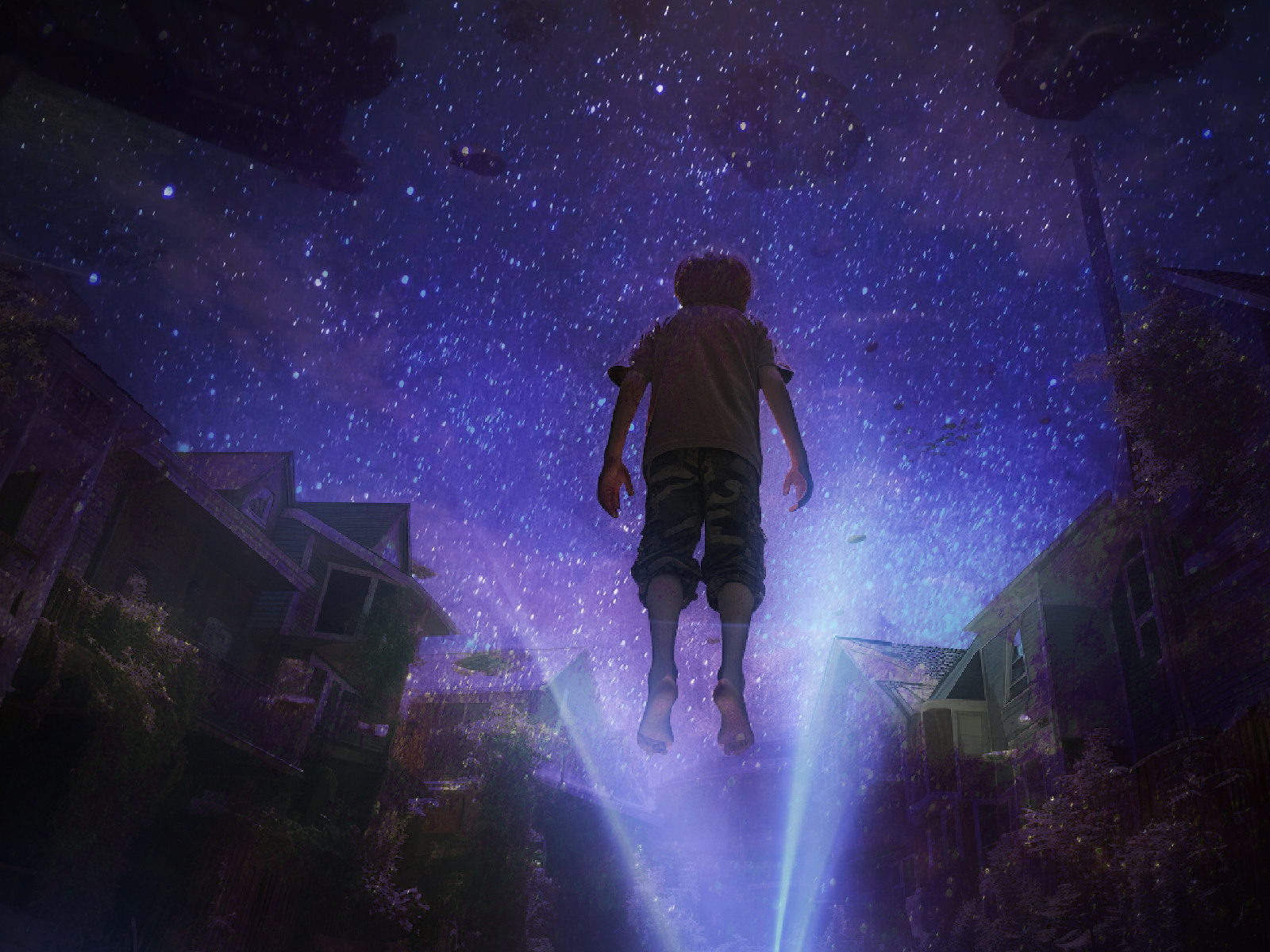
Sylvester eventually killed his own mother and father in a fit of rage after a beating from his dad. He covered his tracks by burning his childhood home and then skipping town, never to be seen there again. Everyone just thought he burned in the fire as well.
He set up shop in his new town where he’d commit his first murder, and the young man turned this into a hobby and relished the physical torment he’d inflict on his victims before killing them. It was almost destiny that Sylvester would eventually become a serial killer.
Demons had always been watching him on his astral journeys over the years, and when Sylvester turned 20, they would visit him. The serial killer had become a professional criminal and knee-deep in many despicable acts he’d commit consistently. But his evil had caught up with him. A SWAT team raided his home, and he set the place on fire as an act of defiance.

The demons approached Sylvester during his fiery demise. The dream demons offered Sylvester a deal, to which he readily agreed. The serial killer would invade the dreams of others and kill them in their sleep to reap their souls. And thus, the legitimate real-life nightmare creator analogous to Freddy Kreuger was born.
Many are naturally immune to the dream demon, but it still leaves millions of possible victims open to murder in nightmares for Sylvester. His M.O. is basically what you see in the Nightmare on Elm Street movies, creating nightmares from his victim’s greatest fears to be used against them. But unlike those movies, many ways actually work to defend against and even combat this dream demon.
Scientific Understanding and Research:
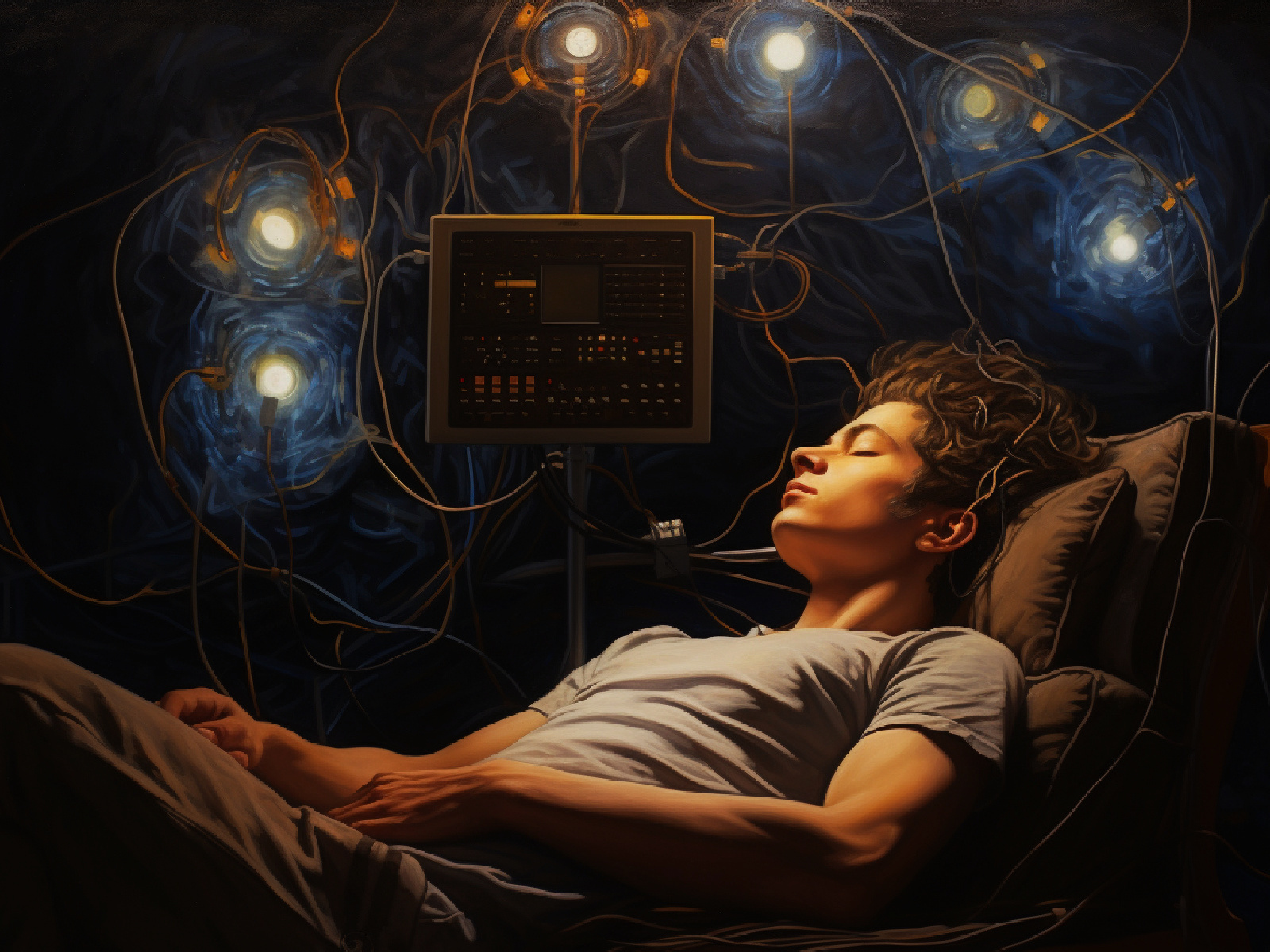
Despite the significant impact of Nightmare Death Syndrome on affected communities, comprehensive scientific studies and research remain limited. The rarity of SUNDS cases, challenges, inaccurate reporting, and variations in cultural interpretations make it difficult to conduct large-scale studies. Efforts are ongoing to investigate the underlying mechanisms, potential risk factors, and preventive measures associated with SUNDS.
Nightmare Death Syndrome, or SUNDS, is a perplexing and rare phenomenon characterized by unexpected deaths during sleep, primarily reported in specific Southeast Asian populations, but also found worldwide in more minor statistics and is always associated with sleep paralysis. While cultural beliefs and local folklore have provided insights into the perception of these incidents, scientific understanding of the causes and mechanisms behind Nightmare Death Syndrome remains incomplete.
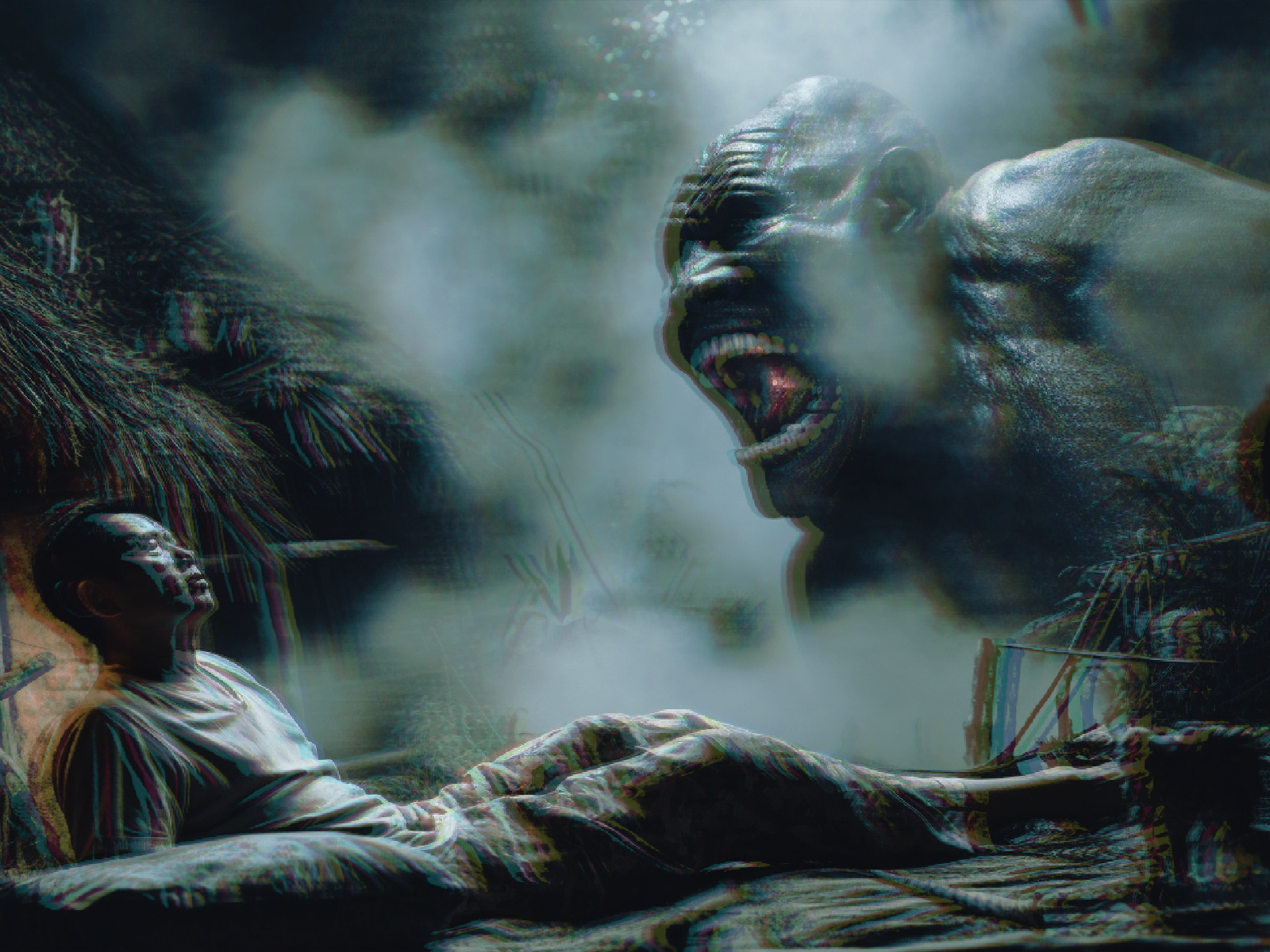
Continued research, interdisciplinary collaboration, and increased awareness are essential in unraveling this enigmatic phenomenon’s mysteries. By deepening our understanding of Nightmare Death Syndrome, we may one day shed light on its true nature and potentially develop measures to prevent its devastating consequences.
Don’t worry too much if you find this all frightening. Only 8% of the general population experience sleep paralysis, so the odds are in your favor; you will never be visited by a deadly dream demon that will murder you as you sleep in nightmares of your greatest fears.


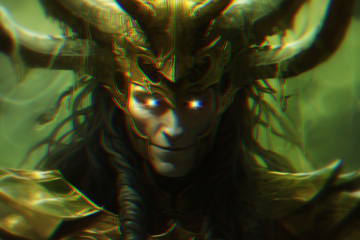
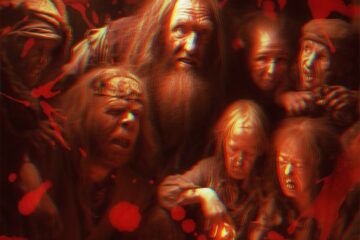

0 Comments